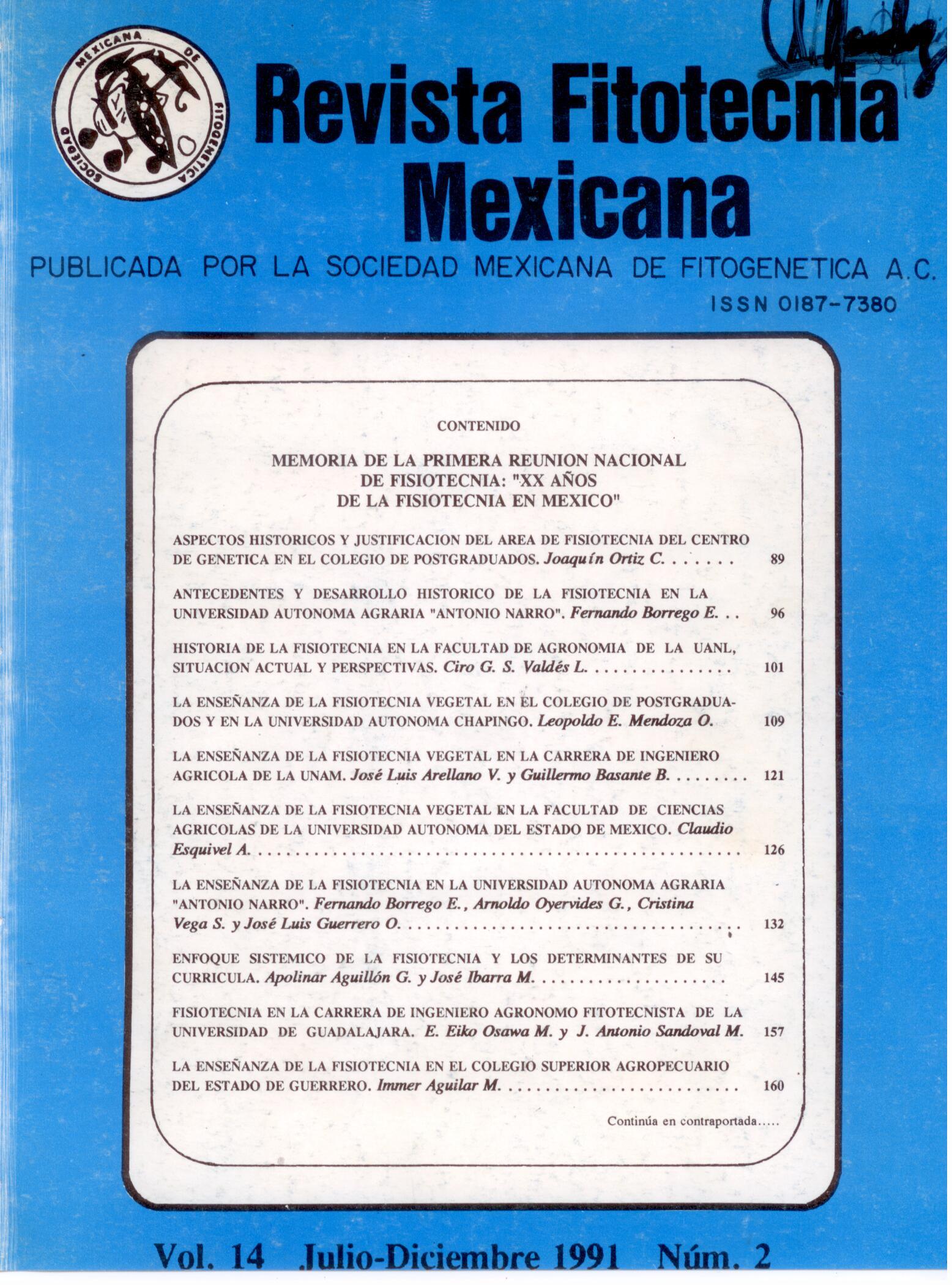THE PHYSIOLOGY OF FRUOL UNDER DROUGHT CONDITIONS
Main Article Content
Abstract
Beans (Phaseolus vulgaris L.) have a poor reputation as a crop, both due to their low yield potential and their poor tolerance to stress caused by drought, excess water or salinity. Environmental limitations, such as lack of humidity, severely restrict the production of this crop in low rainfall areas. Such is the case of the Altiplano of Central-Northern Mexico, a region where more than one million hectares of beans are cultivated annually with an average yield of 300 kg/ha, which represents more than 60% of the total area planted in the region. country with this crop and just under 50% of the total production volume. Some of the options that have been proposed to increase bean productivity under drought conditions have been the selection and improvement of varieties adapted to these low rainfall conditions, and the generation of management practices aimed at increasing the capture and retention of water on the ground. However, the physiological mechanisms of the plant related to its adaptation to drought conditions, which also vary between agroclimatic zones, are not well known. For example, genetic improvement programs have based the selection of materials on those genotypes that achieve higher performance in a given environment and time; However, in the semi-arid zone, both the distribution of rainfall and the moisture available in the soil vary considerably from one year to the next and from one region to another. This variability, when genotypes are selected solely based on grain yield, promotes the choice of genetic material with average performance, which implies a lower capacity to manifest high yield potential in specific environments. To identify, within the wide genetic variability for beans that exists available in Mexico, genotypes with high yield potential under limiting humidity conditions, a clear understanding of the interaction of climate and soil conditions with the physiological processes that determine and regulate the expression of performance under those conditions. The approach intended in Physiotechnic studies related to drought in beans is at the crop level where the phenological, morphological, physiological and biochemical characters are integrated that, under different agroclimatic conditions, indicate the adaptation mechanisms that allow the plant obtain optimal dry matter accumulation and maximum yield potential.

